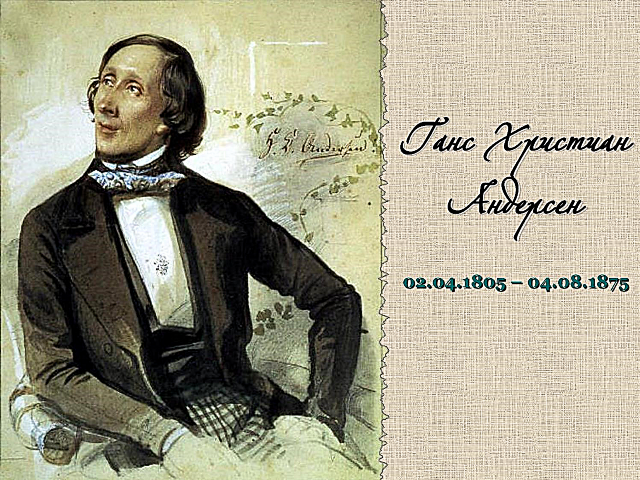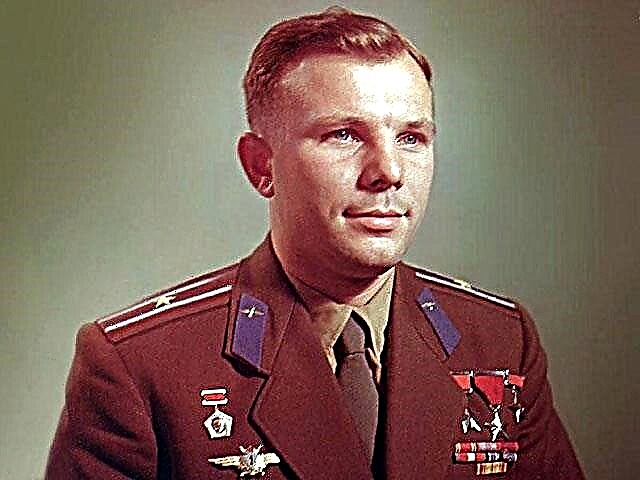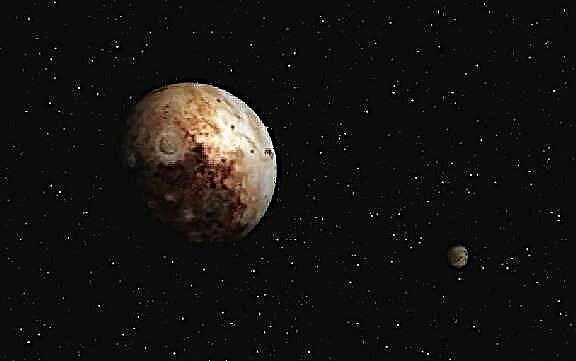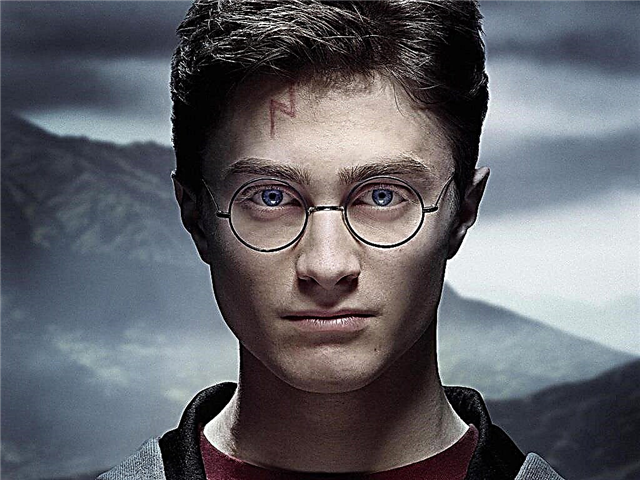The Tula Kremlin is one of the most important historical monuments of Tula, located in the very center of the city. This is one of twelve unique kremlin that has survived in Russia to this day.
History of the Tula Kremlin
In the 16th century, Ivan II decided to expand his holdings, and Tula played an important role in his plans from the point of view of strategy. Its importance strengthened by 1507. At this time, the Russian state was under threat from the south - the Crimean horde, and Tula stood in its way to Moscow.
Vasily III ordered his subordinates to build an oak fortress, where cannons and other defensive weapons were then delivered. In 1514, the prince ordered to build a stone castle, as in the Moscow Kremlin, its construction lasted seven years. Since that time, the Tula Kremlin has been absolutely indestructible - it was besieged many times, but not a single enemy could get inside.
The most memorable is the siege that took place in 1552. Taking advantage of Ivan the Terrible's campaign against Kazan, the Crimean Khan launched an offensive. The inhabitants of Tula managed to independently hold the defense until the arrival of support. The memory of this event is kept by the foundation stone laid near the Ivanovskiye gate.
The Tula Kremlin was not only a means of defense, but also a home. There were more than a hundred households here and about two hundred people lived. However, at the end of the 17th century, the Left-Bank Ukraine joined Russia, so the Tula Kremlin ceased to be an important outpost.
At the beginning of the 19th century, renovations were carried out here. The former substation has been reconstructed since 2014; it is planned to open an atrium with four exhibition halls. In 2020, the building will celebrate its five hundredth anniversary, preparations for which are already under way.
The architecture of the Tula Kremlin
The area of the main attraction of Tula is 6 hectares. The walls of the Tula Kremlin stretch for 1 km, forming a rectangle. It mixes several architectural styles, which can be seen in the walls and defensive towers.
Nikitskaya Tower and battlements of the walls definitely remind of Italian palaces built in the Middle Ages. Other towers also have interesting architectural aspects - they are located outside the walls in order to flank the enemy. All of them are isolated, that is, each is a separate fortress.
Cathedrals
There are two Orthodox churches here. The first one is Holy Assumption Cathedral, erected in 1762, is considered the most beautiful temple in the whole of Tula. He earned recognition and love for its luxurious architecture and regal decoration. Previously, the crown of the building was a 70-meter-high baroque bell tower, but it was lost in the last century. The cathedral has paintings by Yaroslavl masters dating from the 17th century and a seven-tiered iconostasis from the 18th century.

Epiphany Cathedral younger, the date of its appearance is considered to be 1855. The cathedral is inactive, it was built in memory of the victims of the 1812 war. In 1930, it was closed and it was planned to organize a House of Athletes here, so it lost its heads. Several years ago, the cathedral began to be reconstructed, but in 2017 it is still not functioning.
Walls and towers
The walls of the Tula Kremlin, built on the foundation, have expanded several times over the centuries and now reach 10 meters in height and in places up to 3.2 meters wide. The total length of the wall is 1066 meters.
There are eight towers, four of which are also used as gates. Here are their names and characteristics:
- Spassky Tower is located in the west of the building, originally there was a bell in it, which always rung when the city was threatened with an attack from the side, so it was formerly called Vestova.

- Odoevskaya tower located southeast of the Tower of the Savior. Today it is the hallmark of the entire structure, so here you can take beautiful photos. It got its name from the Kazan Icon of the Mother of God, which was originally located in its facade.
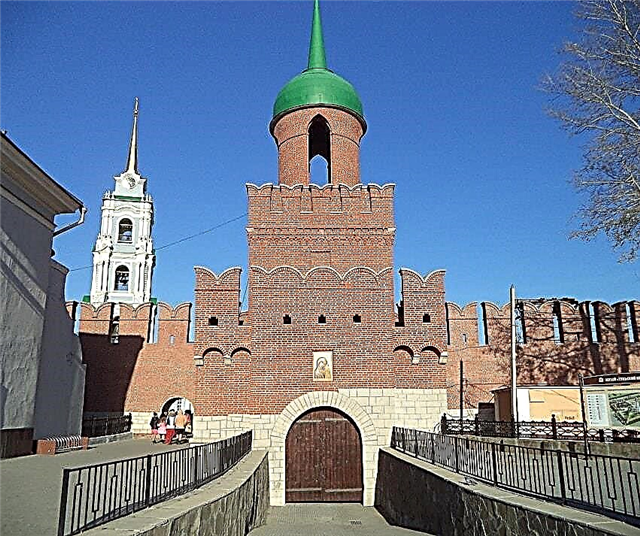
- Nikitskaya - is known for the fact that it used to be a torture chamber and gunpowder.

- Tower of Ivanovskie gates leads directly to the Kremlin garden adjacent to the southeastern wall.

- Ivanovskaya was erected in the days when the Tula Kremlin was used as a fortress, had a secret underground passage more than 70 meters long to Upa so that the besieged city had access to water. This move collapsed back in the 17th century. At that time, the tower housed rooms in which supplies of food, powder and ammunition were stored.
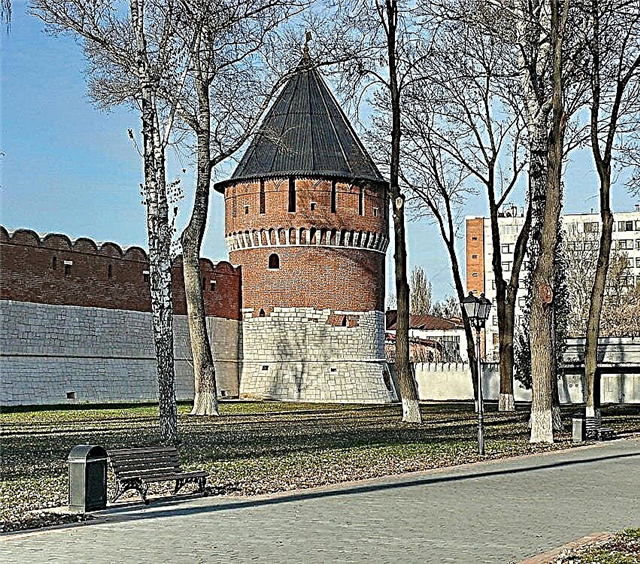
- Water tower served as an entrance from the side of the river, through it at one time the procession descended for the consecration of water.
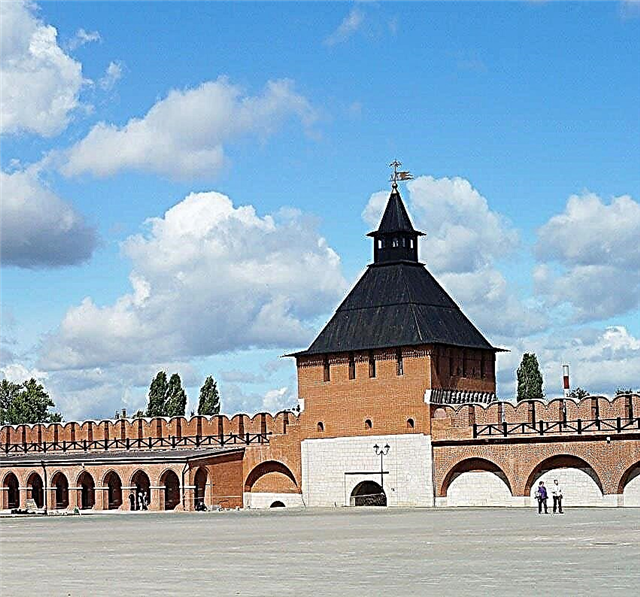
- Square - located at the shore of the Upa hand.
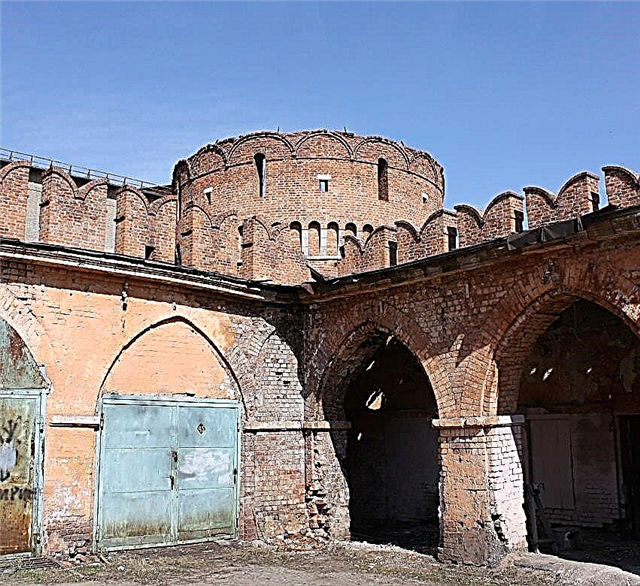
- Pyatnitsky Gate Tower was a repository of many weapons and supplies in case the fortress was besieged.

Museums
Excursions and activities
Most popular excursions:
- Sightseeing tour lasts 50 minutes and covers all major architectural monuments. Price for excursion tickets: adults - 150 rubles, children - 100 rubles.
- "City in the palm of your hand" - acquaintance with the architecture runs along the kilometer perimeter of the walls and covers all the towers. The tourist has the opportunity to get to know more about the defenses and unique architecture. Cost: adults - 200 rubles, children - 150 rubles.
- "Secrets of the Tula Kremlin" - an interactive tour for children of different ages. They will learn how the building was built and how it protected itself from invaders, as well as all the secrets of the site. Price - 150 rubles.

Interesting quests in the Tula Kremlin for children and adults:
- "Lord of the Kremlin" - a fascinating journey through the ancient structure, which lasts one hour. During it you will get to know more famous historical figures and feel like you are in the Middle Ages. Cost: adults - 300 rubles, children - 200 rubles.
- "How Tula people in the Kremlin were looking for happiness" - a quest for brave and smart guys who will have to walk along all the walls to solve the riddle. Cost: adults - 300 rubles, children - 200 rubles.
- "Archaeological mysteries" - a journey through the centuries, introducing players to the collections and valuable exhibits of the museum. Cost: adults - 200 rubles, children - 150 rubles.

Working hours... The territory of the Tula Kremlin is accessible to tourists every day. Opening hours: from 10:00 to 22:00 (visit is limited on weekends - until 18:00). The entrance is free for everyone.
We advise you to look at the Suzdal Kremlin.
How to get there... The address of the main attraction of Tula is st. Mendeleevskaya, 2. The easiest way to get there is by bus (routes No. 16, 18, 24) or trolleybus (routes No. 1, 2, 4, 8).










